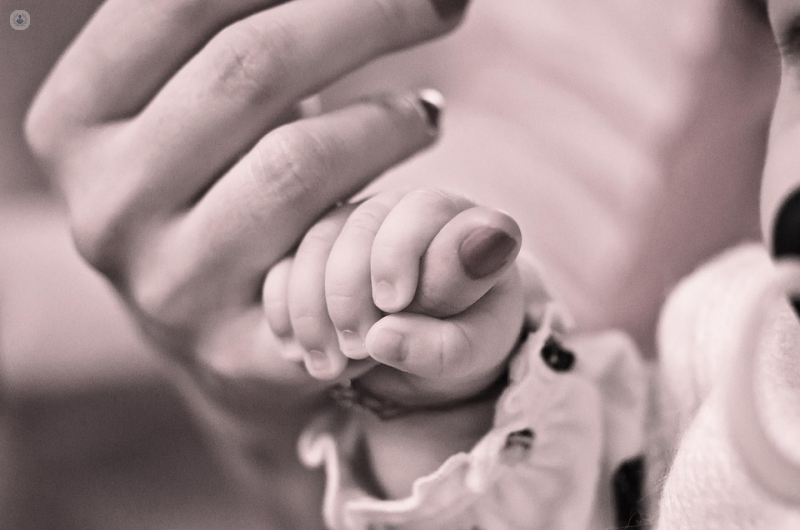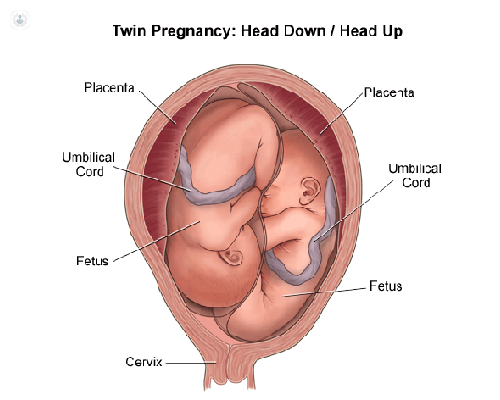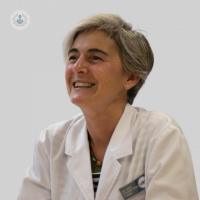Artificial insemination: procedure and success rates
Written by:The year 2017 is the first year in which the Report on the Registry of Assisted Reproduction in Spain gives complete figures on the treatments performed in our country (in 2014). The reason is that until now the participation was voluntary, and only from this year is mandatory.
Currently, a total of 272 centers in Spain offer artificial insemination treatments. In 2014, 40,177 cycles were performed, of which 3,838 single births, 486 twin births and 21 triples took place; Making a total of 4,345 term pregnancies and 4,873 children born.
Evolution of artificial insemination
The first human insemination took place in Scotland in 1790, although the technique was used in animals from several centuries before. The changes in the technique since then have been many and have to do with the preparation of the semen sample, the place where the sperm are deposited, as well as the preparation and control of the ovulation of the woman. Despite this, it is still the simplest assisted reproduction treatment and the first one faced by many couples with fertility problems.

Technique of artificial insemination
Artificial insemination consists of controlling or stimulating the ovulation of the woman and introducing the spermatozoa of the couple or a donor into the uterus on the day of ovulation.
Treatment begins with the patient's rule; At the end of the procedure, 1 to 3 ultrasounds are performed over a week to control the day and time of ovulation (this may be one or more eggs if the ovary has been stimulated with oral or injectable drugs ).
On the same day of ovulation (around day 10 to 16 of the cycle), the patient's partner will produce a sample of semen that will be prepared in the laboratory for insemination; In the case of using donor semen, a sample will be thawed. This preparation selects the most motile spermatozoa and eliminates dead or immobile semen samples to inseminate.
Then through the cervix the specialist in Assisted Reproduction will introduce a thin cannula loaded with spermatozoa, which will be deposited in the uterine cavity. This procedure is not painful, lasts a few minutes and can be done in consultation. After the insemination, the patient remains in rest for about 10 minutes, and after 15 days a blood or urine test that confirms pregnancy or not can be performed.

The probability of success of artificial insemination is around 15-20% per insemination, and 35% after 3 attempts. In insemination with donor semen success is 25-30% per cycle and 60% after 3 attempts. The reasons for these differences may be multiple, but the main one is that artificial insemination is offered to couples with a history of sterility, whereas insemination with donor semen is performed mainly in women without a male partner, and therefore without Fertility problems.
Risks of artificial insemination
Artificial insemination is a treatment with few risks. The most important and frequent is multiple pregnancy. As shown in the published data for 2014, about 10% of births derived from artificial insemination were twin, while 0.5% were triples. Multiple pregnancy is associated with increased risks during pregnancy for both mother and child born, so we should try to decrease their frequency.
The second and very rare risk is ovarian hyperstimulation, which could be due to an exaggerated response of the ovaries to ovulation-stimulating drugs, which may lead to an increase in the size and production of ovarian hormones, as well As an important abdominal fluid retention. This situation may require rest for a few days after insemination, or cancellation of the treatment cycle.



